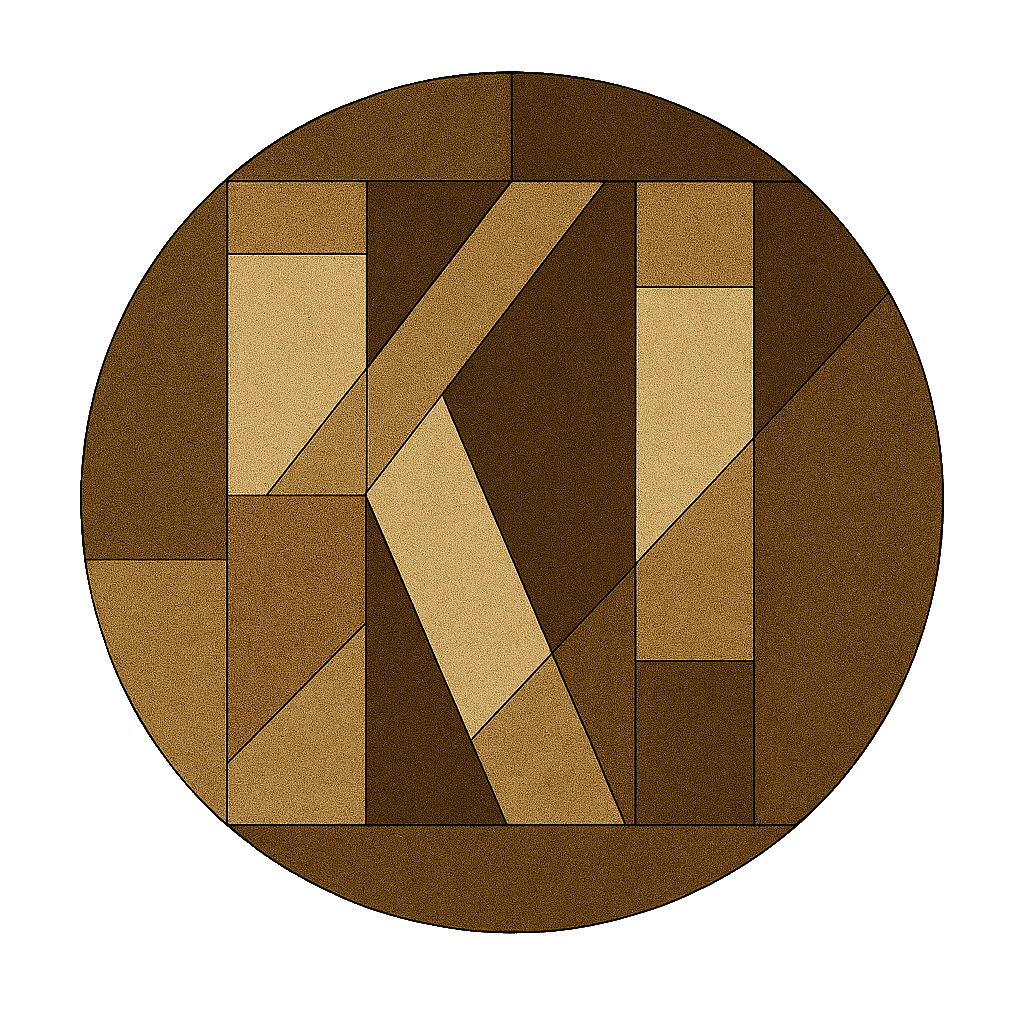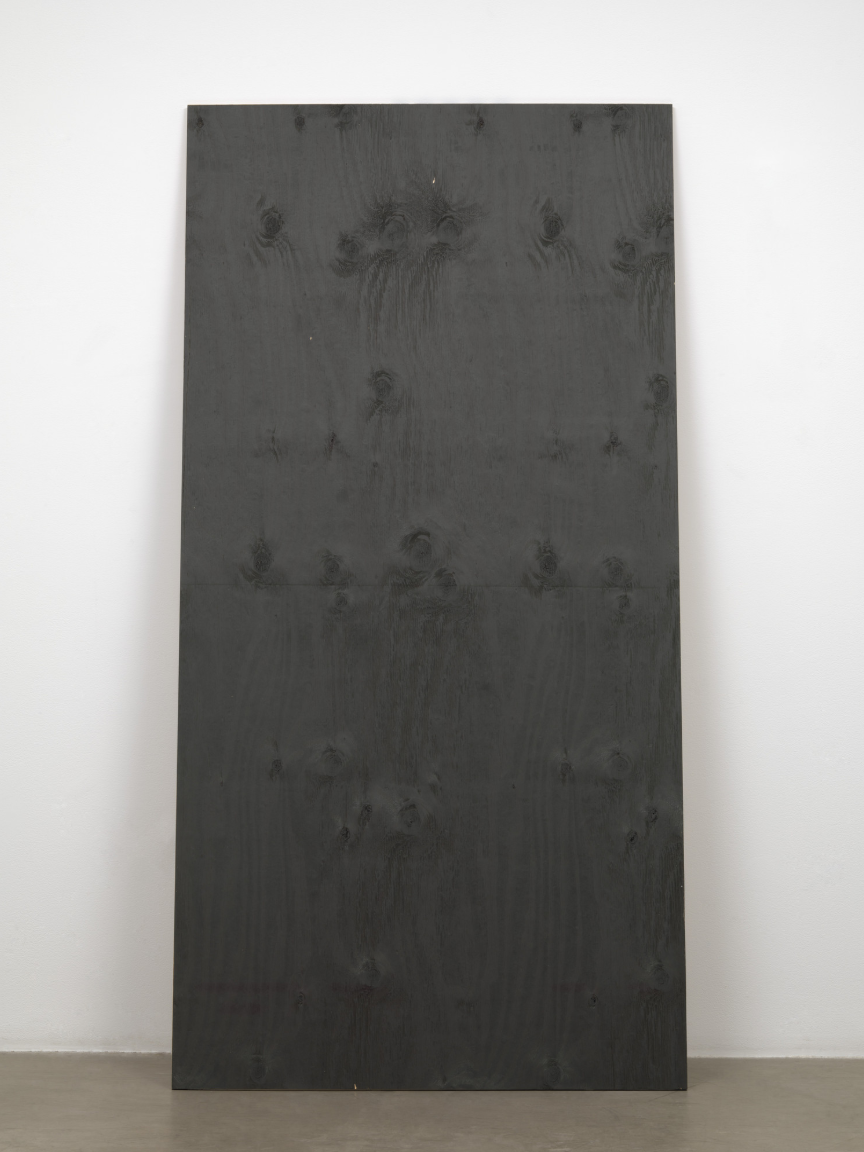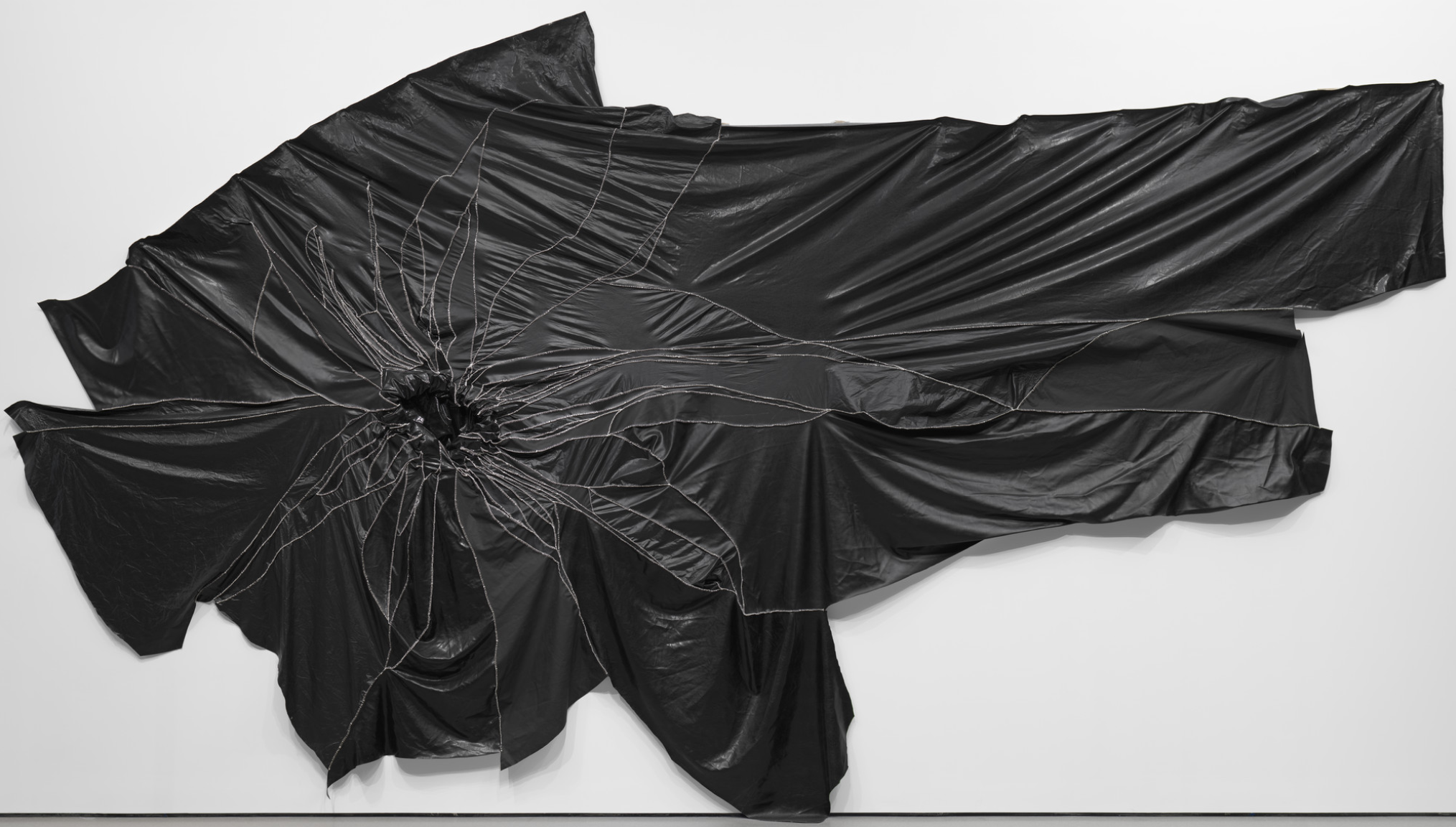Art and Tech: Contradicting?
Art and technology are two things that have to be seen as contradictory to each other. This is most illustriously explained by Heidegger in “The Question Concerning Technology,” where he essentially claims that Four Causes are all mediated by technology getting man to perceive things in a manner that is only aligned with the essence of technology.
Before explaining Heidegger’s reasoning, let’s take a moment and explain what are the Four Causes. Aristotle said: “we think we do not have knowledge of a thing until we have grasped its why, that is to say, its cause.” He also identified 4 different causes, those being: the material cause, the formal cause, the efficient cause, and the final cause (Falcon).
Heidegger’s reasoning is fairly simple. He first explains the totality of the four causes as bringing-forth (Hervorbringen) and then points out to the fact that technology can be seen as instruments, in a general sense. It follows that what applies to causality applies to technology. Hence, technology as a force of bringing-forth is a mode of revealing not mere means. His example is that of the Rhine, where the Rhine cannot be a river anymore for being a river is an unmediated essence while the establishment of technological instruments over the Rhine impose on man a new essence for the Rhine. Technology reveals the Rhine, This technologically imposed essence is the Rhine as a source of electricity (Heidegger, 4:12).
In contrast to this, art as a process of contemplation, representation, and communication allow for man to create essences that are not mediated by tyrannical bringing-forth revealing modes. Hence, art and technologies could be seen as two opposing ends of a spectrum of revealing. However radical the contradiction between both might be, artists use technology in communication. This is fascinating; for it offers a whole new epistemic situation where revealing (technology) is now itself being revealed by art and is aware of that. One might wonder how this awareness would occur. It would be plausible, then, to claim that technology in art becomes ipso facto a message not a mediator. Hence, it is self aware in the sense that it is not revealing but being revealed for the audience. This is because the artist’s immediate encounter with the mediator (technology) and his/her use of the mediation of his own message as a message allows for the piece to be aware of it being mediated by its medium. That doesn’t guarantee that the viewer would be aware of the self-awareness of the piece. However, if he/she does become aware of it by capturing the medium as a message then the loop would be closed and the viewer would be synchronised with the destabilization of the monism of the message.
This article discusses two pieces from the exhibition at the Museum of Modern Art titled: “New Order - Art and Technology in the Twenty-First Century”. It will, also, attempt to evaluate the relation between the audience, the medium, and the artist. As the aticle progresses, different thinkers will be invoked in an analysis of the aforementioned triad and for trying to articulate the self awareness of art pieces.
Guyton’s piece “Untitled,” 2009 is one that is very resemblant to art brut paintings. It is antiaesthetic in many aspects. Reyner Bahman, the writer of the infamous essay “New Brutalism”, characterized art brut as one of the two valences of Brutalism in architecture and ascribed to it the notion of antiaesthetics because it doesn’t succumb to the traditional high-art aesthetics (Potts, 293). However, art brut wouldn’t be intentionally brutal for it sees itself in a messaianic position of helping art out of senseless aesthetic conventions. However, one wouldn't be able to ignore the main characteristic of this piece, which is that it is intentionally brut or raw. The intentionality here isn’t used in reference to the artist’s intentions, because the author is essentially dead during our age, but in reference to the nature of the meditation of the medium. This piece is a sheet of standard plywood with its surface printed through a commercial inkjet process creating a digital black rectangle. One important aspect to note is that after the creation of the color the rest of the process was left for chance (Friedland). In more accurate words, it was left for the printer to exhibit its character. So the medium is left to self manifest as a message along with the already immanent antiaesthetic message of the piece. This painting is self aware in this sense.
Wade Guyton. Untitled. 2009
An adequate explanation of the self-aware brutalism of this piece would require citing Zabrawoski’s view on human interactions and technology. Zabarwoski claims that modesty and respect within human reactions are lost as a result of the homogeneity of the spatio-temporal realm where boundaries cannot be set within. Since boundaries cannot be set then doors are not to be knocked upon for what's behind, and what's in front of the door are one and the same. He goes on to quote Adorno saying: “Technologization meanwhile makes the gesture, and thus the person, precise and crude […] It subordinates them to the merciless and simultaneously historyless demands of things. Thus one forgets how to close a door quietly, carefully, and at the same time securely” (508, 509). From this it follows that brutality is plausible, hence this piece. In fact, Guyton is reported saying something in alignment with the aforementioned intentionality: “In a way, the printer is in more control than I am” (“Expert View Wade Guyton, Untitled”). Here, it becomes obvious that the brutality is a result of the medium. In fact the printer was a message in and of itself and the relation between the viewer and Guyton wasn’t mediated but self-aware. Guyton is, therefore, capable of communicating to the viewer on multiple layers given the duality of the communicative messages revealed to the viewer.
Rodney McMillian’s “Succulent” is a piece that has to be described as intuitionist, on the other hand. Intuitionism is in some ways a form of expressionism. What this means is that this piece is essentially an artist’s intuition that is expressed through a certain artistic medium. Intuition is to be understood as potential, hence the “art as intuition” is neither to be seen as intuitively actual nor as fully existent at a moment in time in the artist’s mind but a process that intuition is only its engine. This would be best illustrated by the idea that artworks are in fact found not actualized, which is what Picasso famously acknowledged (Van Gerwen). The piece in question here is one that is made through black and industrial vinyl with man made stitching (MoMAvideos). This juxtaposition is expressive of the aspect of humanity of the industrial worker. However, the form through which the juxtaposition is expressed is indicative of explosiveness, where the culmination of stitching lines in a sudden yet central break in the vinyl structure provides the ability to communicate some sort of penetration. This penetration might have been what the artist “found” throughout the process of creation.
Rodney McMillian. Succulent. 2010
It is said that the artist thought of this piece as a gate to a new universe (MoMAvideos). The author is dead, however, his expression, as a manifold intuition, is one that is to be thought of as a process of discovery that has a certain trajectory that is to be followed by the viewer. This would inevitably revive the intuition and would allow the dead author to haunt the viewer. This deconstructivist hauntological approach to understand the dynamic between the author and the viewer is essentially dismissive of the depth of potentiality as it inevitably would have to devalue its effects on the viewer as a haunting specter. For this, it is important to defer to some epistemic basis on the essence of art. Tolstoy provided this by constructing the concept of art as a combination of three aspects. The most relevant of those is the second, which is “feeling”. “Feeling” in art for Tolstoy refers to the expression understood by the viewer from the artist (Jahn, 60). This piece would be, in essence, an expression that is communicated to an audience who experience a feeling as a result. This feeling is, ultimately, one of simultaneous grief and surprise. The grief is induced by the implied inability of man to transcend the industrial forces and that their very fabric is what he/she uses to express their humanity. Surprise, however, lies in the ability of man to express himself/herself given the senseless industrial material to the extent that its structure changes. It is as if too much meaning was poured onto the black vinyl that it disintegrated and lost its center to an internal explosion.. This piece, therefore, is aware of its mediation or the mode through which it is revealed. As the piece exhibits awareness of being mediated, the medium becomes a message along with the intended message for the audience to decipher.
In conclusion, art, although essentially contradictory to technology, allowed for technology to be self-aware. This meta-encounter between a mode of revealing (or a mode of bringing-forth) and instrumentality, as a subject of artistic communication and expression makes the whole process layered to an extent that writing on it becomes difficult. The medium, as a result of this meta-encounter or this self awareness, becomes meaningful itself as it attempts at representing something. This is because meaning is representation, as Wittgenstein would explain: “We cannot represent the world without language, and we cannot mean anything without language” and it is established from before that art is communication (Silby). Hence, it has a linguistic value. Therefore, revealing or representing the technological medium in a communicative artistic form with the viewer allows for meaning to be established rather than be created and revealed by the medium as was the case with the Rhine.
Citations:
“Expert View Wade Guyton, Untitled.” Post-War & Contemporary Art Day Sale Sale New York | Expert View: Wade Guyton Untitled | Christie's, Christies, 24 Sept. 2020, www.christies.com/features/Lot-158-Expert-view-Wade-Guyton-Untitled-10984-1.aspx.
Falcon, Andrea. “Aristotle on Causality.” Stanford Encyclopedia of Philosophy, Stanford University, 7 Mar. 2019, plato.stanford.edu/entries/aristotle-causality/#FouCau.
Friedland H., Peter, and Wade Guyton. “Wade Guyton. Untitled. 2009: MoMA.” The Museum of Modern Art, www.moma.org/collection/works/164483.
Heidegger, Martin. The Question Concerning Technology, and Other Essays. Harper & Row, New York, 1977.
Jahn, Gary R. “The Aesthetic Theory of Leo Tolstoy's What Is Art?” The Journal of Aesthetics and Art Criticism, vol. 34, no. 1, 1975, pp. 59–65. JSTOR, www.jstor.org/stable/428645. Accessed 23 May 2021.
MoMAvideos. Portal into Another World | Rodney McMillian's "Succulent" (2010) | UNIQLO ArtSpeaks. YouTube, YouTube, 16 Oct. 2020, www.youtube.com/watch?v=6FqmLLHLbhg.
Potts, Alex. "Realism, Brutalism, Pop." Art History, vol. 35, no. 2, 2012, pp. 288-313.
Silby, Brent. “What Does He Mean?” Wittgenstein: Meaning and Representation, University of Canterbury, 1998, www.def-logic.com/articles/silby013.html.
Van Gerwen, Rob. “When Is the Work? On Intuitionism and Conceptual Art.” Philosophy of the Arts, Utrecht University, 29 Sept. 2009, artphilosophy.sites.uu.nl/2009/09/29/when-is-the-work-on-intuitionism-and-conceptual-art/.
Zabarowiski, Holger. “Towards a Phenomenology of Dwelling”, Communio 32:3 (2005): pp. 492-516.


